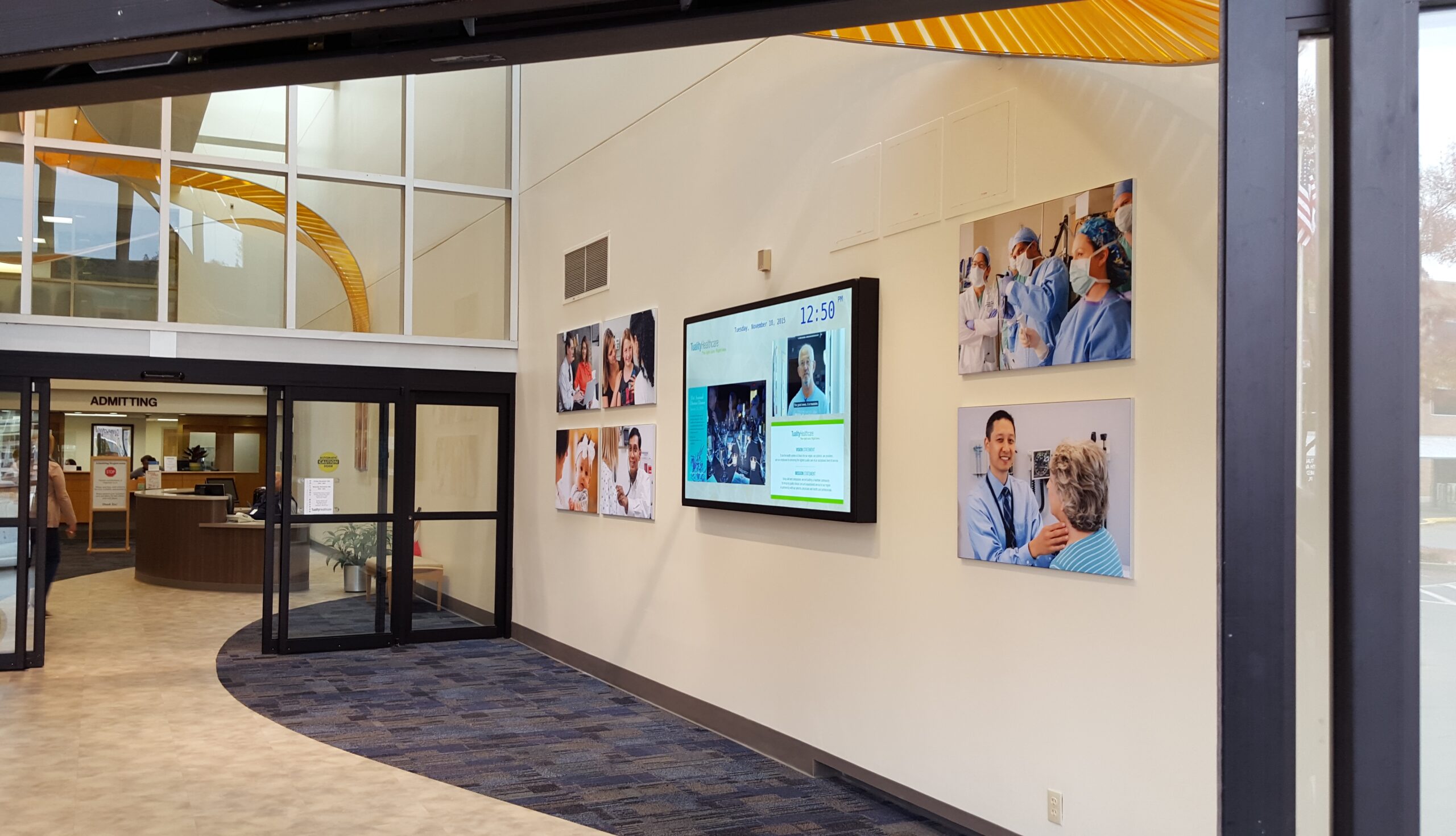Early detection is one of the most significant predictors of cancer survival. As such, cancer screening is one of the most powerful tools available to patients to prevent and mitigate disease. October is Breast Cancer Awareness Month, Healthy Lung Month, and National Dental Hygiene Month, and an excellent way to keep patients informed is through immersive and engaging digital content delivered directly into patients’ hands through digital signage.
In today’s fast-paced digital world, effective communication is paramount, especially in the realm of healthcare. Whether it’s conveying important health information to patients, promoting healthy lifestyles, or educating medical staff, the need for clear, accessible, and engaging communication is constant. Enter digital signage—a versatile and dynamic tool that is transforming health education and communication. In this blog post, we’ll explore how digital signage is improving health education and communication in healthcare settings.
The Power of Visual Communication: Visual communication has long been recognized as a powerful tool for conveying information effectively. In healthcare, where complex medical concepts and critical information need to be communicated clearly, visual aids play a pivotal role. Digital signage takes this to the next level by providing a dynamic platform for presenting visual content.
1. Accessibility for All
One of the key benefits of digital signage is its ability to cater to diverse audiences. In healthcare, this means accommodating patients with different language proficiencies, cognitive abilities, and sensory preferences. With digital signage, you can easily switch between languages, use pictograms for universal understanding, and incorporate multimedia elements like videos and animations to engage and educate a wide range of individuals.
2. Real-time Information Updates
Healthcare is an ever-evolving field, with new research, protocols, and guidelines emerging constantly. Traditional printed materials become outdated quickly and can be expensive to replace. Digital signage allows healthcare providers to update information in real-time, ensuring that patients and staff always have access to the latest and most accurate information. This is especially crucial during public health emergencies or when rapidly changing guidelines need to be communicated.
3. Interactive Learning
Digital signage isn’t limited to static images and text; it can also support interactive learning experiences. Patients can use touchscreens to access personalized health information, quizzes, and educational games. This interactive element not only engages patients but also empowers them to take a more active role in their health and treatment plans.
Enhancing Patient Experience
The patient experience is a critical aspect of healthcare. Patients who are well-informed and feel connected to their healthcare providers are more likely to have positive outcomes. Digital signage plays a significant role in enhancing the patient experience.
1. Wayfinding and Navigation
Hospitals and healthcare facilities can be confusing to navigate, causing stress and anxiety for patients and visitors. Digital signage can provide clear wayfinding instructions, helping patients and visitors find their way to appointments, waiting areas, and other destinations within the facility. This reduces frustration and enhances the overall experience.
2. Waiting Room Engagement
Waiting rooms can be anxiety-inducing, but digital signage can transform them into valuable educational spaces. Patients can access health-related content, such as tips for managing chronic conditions, healthy lifestyle suggestions, or information about available support services. This not only eases anxiety but also utilizes waiting time productively.
3. Patient Feedback and Surveys
Digital signage can be used to collect patient feedback and conduct surveys, allowing healthcare providers to gain valuable insights into patient satisfaction and areas for improvement. This feedback loop enables healthcare facilities to continuously refine their services and better meet patient needs.
4. Training and Communication Among Healthcare Staff
Effective communication among healthcare staff is crucial for providing high-quality patient care. Digital signage can also improve internal communication and training within healthcare organizations.
5. Training and Education
Healthcare institutions can use digital signage to provide ongoing training and education for medical staff. Whether it’s sharing best practices, updates on medical procedures, or showcasing case studies, digital signage makes it easy to disseminate essential information to healthcare professionals.
6. Emergency Alerts and Notifications
In times of crisis or emergency, rapid communication is essential. Digital signage can be programmed to display critical alerts, instructions, and notifications to healthcare staff across a facility, ensuring that everyone is informed and able to respond effectively.
Conclusion
Digital signage is a powerful tool that is revolutionizing health education and communication in healthcare settings. It enhances accessibility, engages patients, and improves the overall patient experience. Furthermore, it facilitates efficient internal communication and training among healthcare staff, ultimately contributing to better patient outcomes and a more effective healthcare system. As technology continues to advance, we can expect digital signage to play an even more significant role in the future of healthcare communication.




